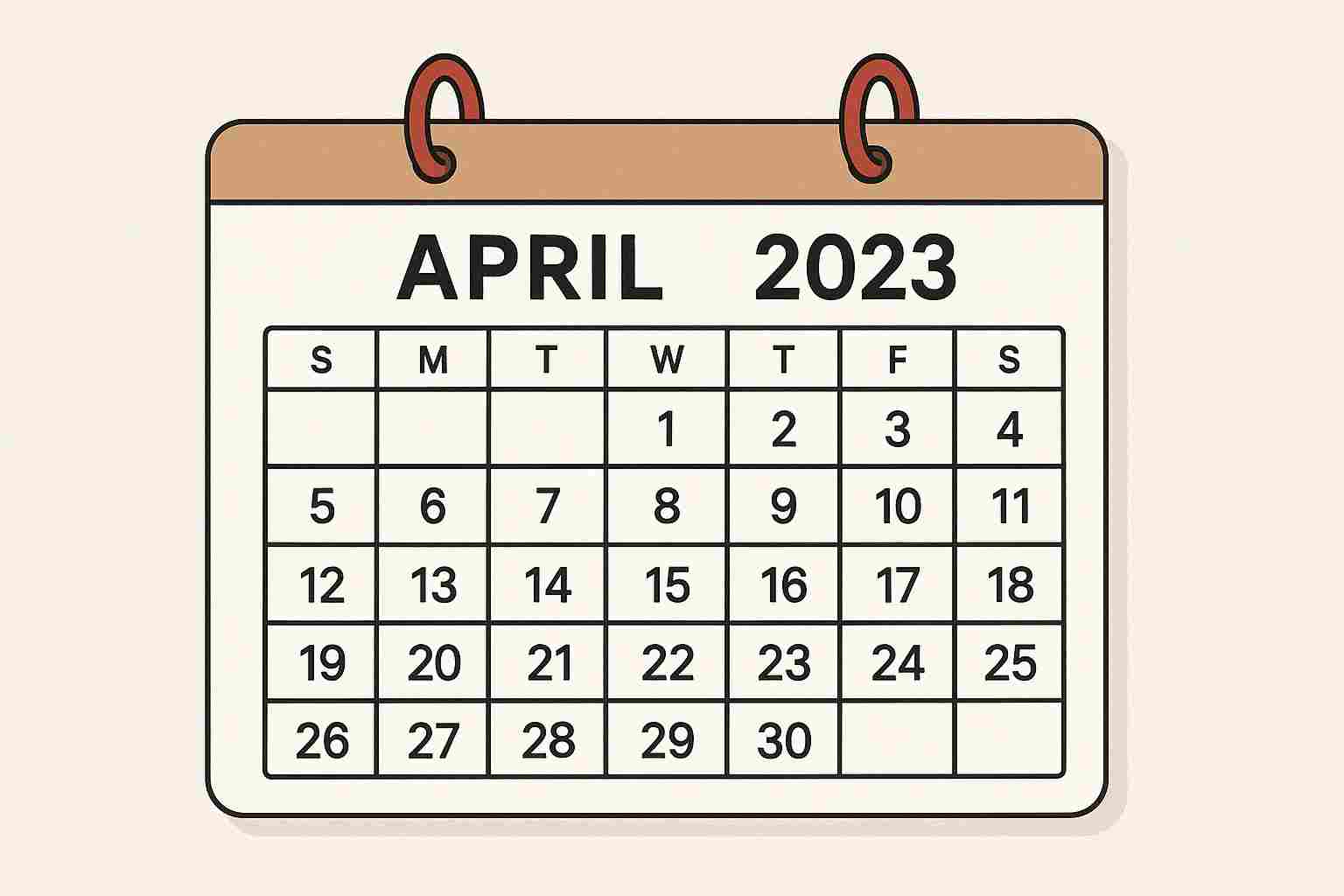Il verbo avere in inglese si traduce con TO HAVE e quando è usato con il significato di possedere
può essere seguito dal rafforzativo GOT. Nelle forme interrogativa, negativa e interro-negativa del
Simple Present GOT è sempre richiesto.
Esempi:
- Mark has got a car. Mark ha una macchina
- I have got one brother. Io ho un fratello
Simple present del verbo to have
Il presente indicativo (SIMPLE PRESENT) del verbo to have nella forma affermativa è:
| I have You have He/ She/ It has We have You have They have | Io ho Tu hai Lui/ Lei/ Esso ha Noi abbiamo Voi avete Loro hanno |
Forma negativa del verbo to have
Per la forma negativa basta inserire il “not” o la forma abbreviata “nt” dopo il verbo.
Esempi:
- I have not; forma abbreviata haven’t: Io non ho
- You have not: Tu non hai
- He/ She/ It has not; forma abbreviate hasn’t Lui/ Lei/ Esso non ha
- We have not; forma abbreviata haven’t: Noi non abbiamo
- You have not: Voi non avete
- They have not: Loro non hanno
Forma interrogativa del verbo to have
Nella forma interrogativa bisogna far precedere il verbo avere al soggetto. Ad esempio:
- Have you a pen? Hai una penna?
Nella forma interrogativa negativa bisogna far precedere il verbo nella forma negativa al soggetto.
Ad esempio:
- Haven’t you a pen? Non hai una penna?
Futuro del verbo to have
Nella forma futura per tutte le persone il verbo avere viene preceduto dall’ausiliare “will” e si
trasforma in infinito “have”:
| I will have You will have He/ She/ It will has We will have You will have They will have | Io avrò Tu avrai Lui/ Lei/ Esso avrà Noi avremo Voi avrete Loro avranno |
Esempio:
- I will have a lot of free time. Avrò molto tempo libero
Simple past del verbo to have
Al passato (SIMPLE PAST) il verbo avere diventa per tutte le persone “Had”:
| I had You had He/ She/ It had We had You had They had | Io avevo Tu avevi Lui/ Lei/ Essa aveva Noi avevamo Voi avevate Loro avevano |
Esempio:
- Had you two books? Avevi due libri?
Attenzione!
Quando TO HAVE ha un significato diverso da possedere, non si usa il rafforzativo GOT e la frase
negativa, interrogativa e interrogativa-negativa si forma con gli ausiliari DO/DOES/DID.
Esempi:
- I have a shower every morning. Faccio la doccia ogni mattina
- I don’t have lunch at 12. Non pranzo alle 12
- Does she have breakfast alone? Fa colazione da sola?
- Did you have a nice flight? Hai fatto un buon volo?
N.B. E’ anche possibile formare la frase negativa, interrogativa e interrogativa-negativa con gli ausiliari DO/DOES/DID anche quando il verbo TO HAVE ha il significato di possedere, senza l’usodi GOT.
Esempio:
- Does he have a car? Ha una macchina?




